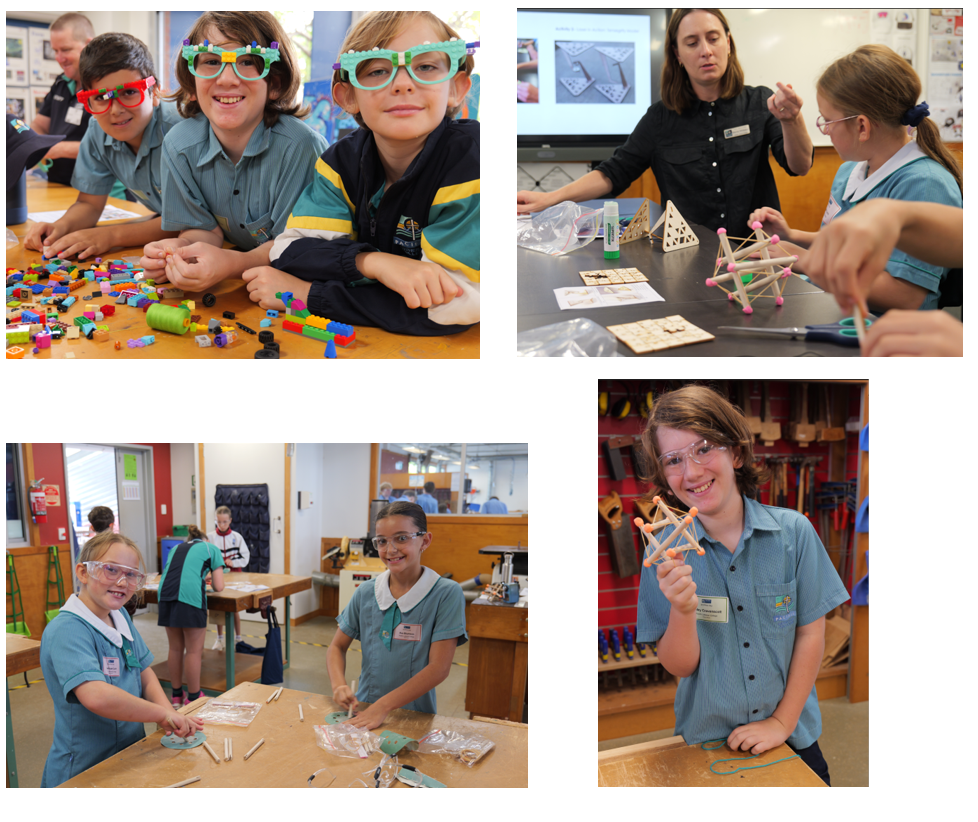Persistence
Persistence
This week’s P-2 Assembly covered the concept and power of persistence. Following on from the statement that “Learning occurs at the point of challenge” it is often when things appear “tough” that our brain begins to protect us from hardship and look for shortcuts or maybe even completely shut down.
Within our Pacific Way Beacons, persistence stands as a beacon guiding students through challenges toward success. It is often referred to as application and or grit. It requires initiative to find workarounds and is crucial within the commitment to learning, the resilience to overcome obstacles, and the refusal to yield in the face of adversity. In our school community, we celebrate the power of persistence as a fundamental trait that propels students toward their goals. Whether it's mastering a difficult concept, excelling in extracurricular activities, or navigating personal hurdles, persistence is the key that unlocks doors to achievement and fundamental self-belief. When we promote a culture of persevering through challenges, we empower them with the invaluable skill of resilience, preparing them not only for academic success but for lifelong endeavours. The assembly was full of students willingly volunteering moments in their lives where persistence has played a part. It was clear to see that even our very young understand and grasp the notion of persistence in their success.
SCIPHA Challenge Day
Each term SCIPHA (Sunshine Coast Independent Primary Heads Association), takes responsibility for developing and implementing a learning opportunity for a small group of students from each college. These are known as SCIPHA Challenge Days. Last Wednesday, students across the Independent School Network of the Sunshine Coast came together at the College to engage in a day of learning and collaboration. The primary focus of the day was around making and constructing whilst using engineering principles specifically on the concept of tensegrity. Tensegrity architecture is the name given to a form of tensile architecture, whereby physical structures are held in place by the balance of tensile and compression forces acting upon them.
During the day, the students were engaged in a range of learning opportunities around this concept. This experience was concluded with an address from our partnered CSIRO STEM Professional in School, and USC Lecturer, Mr Jose Tirado, a structural engineer, who used the day’s learnings to link to physics as well as the role that engineers, and professionals play in the built environment.
Challenge days allow for connection and collaboration within the Independent School Network and the conversations and learning evident during the day were a testament to the intention of these days. This day would not have been the success it was without the tremendous input and energy from many people. I would like to thank Middle and Senior Design Teacher, Mrs Marnie Whittaker, and Head of Middle College Learning, Mrs Jo Belchamber for the co-ordination and preparation before the day as well as facilitators Mr Chris Barlett and Mr Andrew Block ably aided by support staff Mr Robert Belchamber and Mrs Alison Fergusson.

Outdoor Education
When the Pacific Way was being planned, there was an intentionality in involving the outdoor education department in the finished proposal. How we access risk and what achievement looks like in an unfamiliar setting. Taking a calculated risk and that feeling of success take many varied forms. How we value others and communicate when outdoors is addressed throughout the document.
This week, our Year Four students engage in their outdoor education experience, I look forward to hearing about their experiences on their return and witnessing the growth within themselves. I thank Mr Paul Brace, the Year Four Teaching Team and the many staff involved in preparing this rich experience for our students. I look forward to witnessing the learning connection between the college and the outdoor classroom.
Mr Damian Davis, Head of Staff and Students P-5
